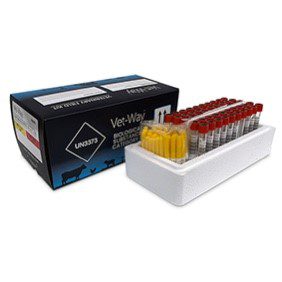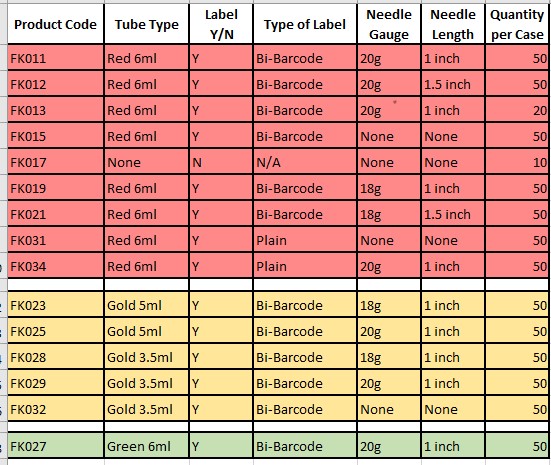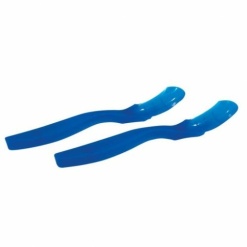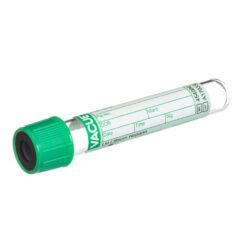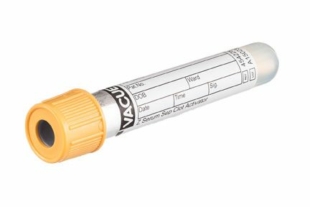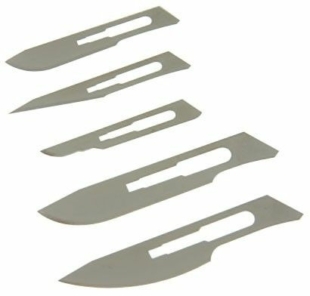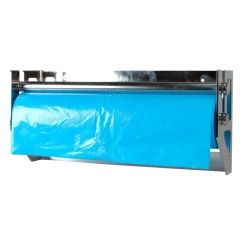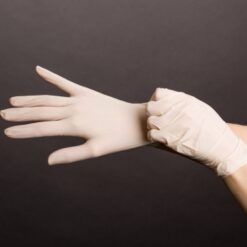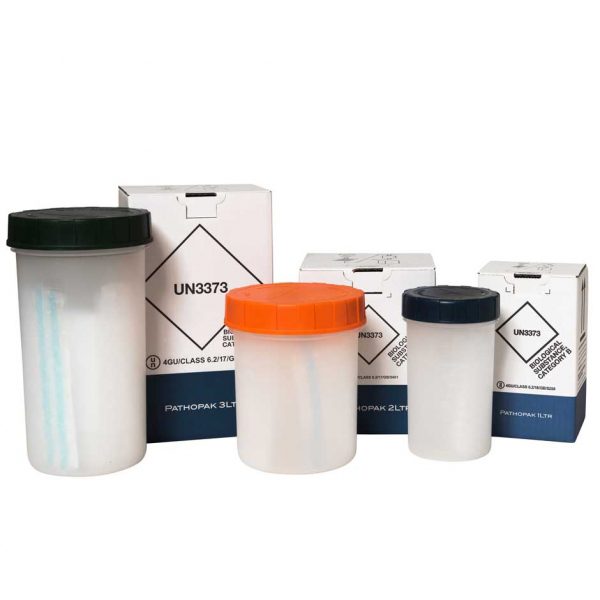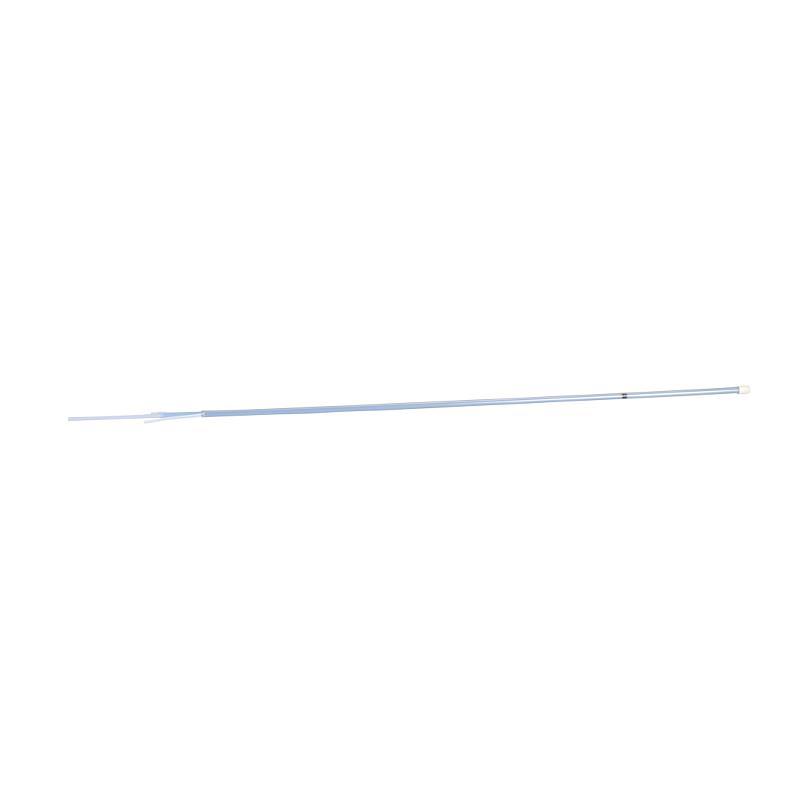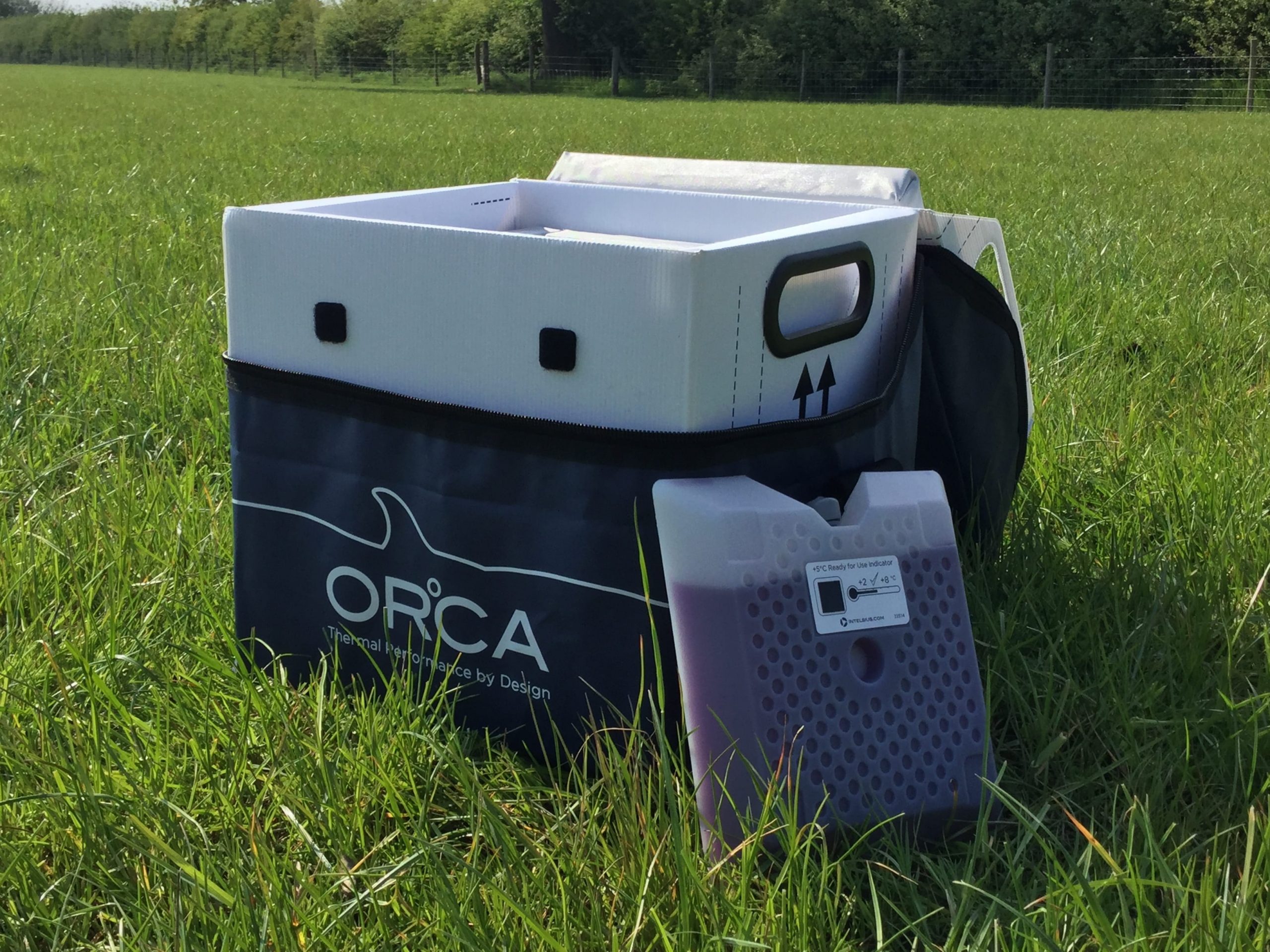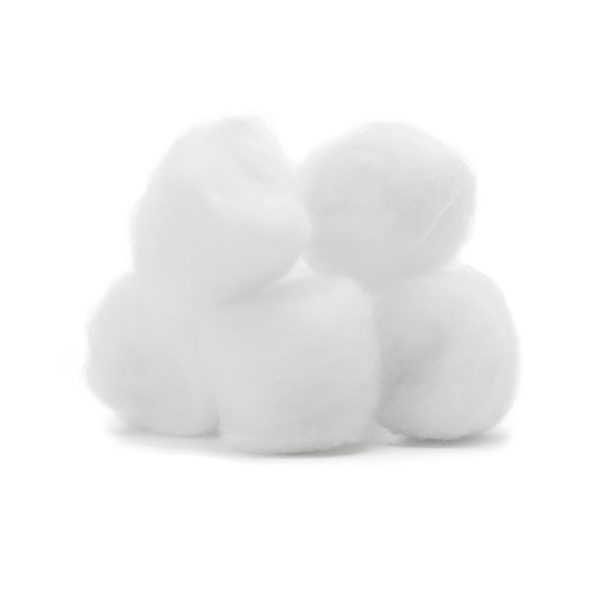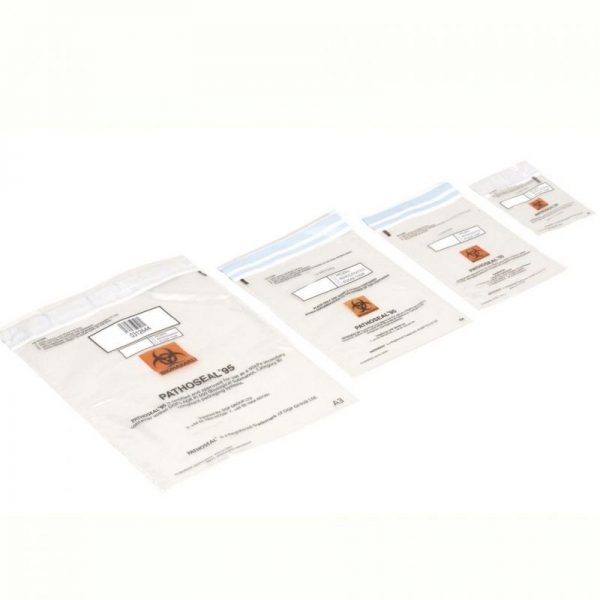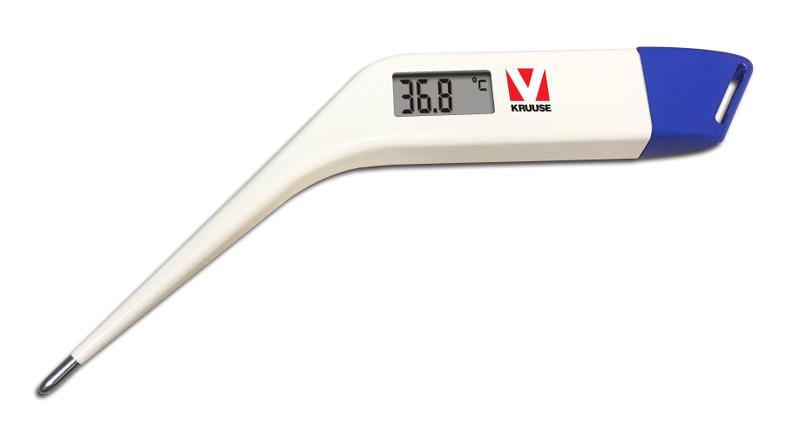Vet Field Kits – Red Top Tubes
The Vet Way FK Veterinary Field Kit is a patented solution for the safe transportation of blood samples from Farm to Laboratory.
The Veterinary Field Kit has been designed to meet all UN Category B transport requirements – Giving you peace of mind, full protection and tractability of your samples.
Vet-Way Veterinary Field Kits are designed for the safe and effective transport of blood samples from extraction to laboratory presentation. The Category B compliant solution is equipped for sample traceability with sequential barcode numbering on all test tubes.
Variety of options available with or without needles/tubes:
• FK011 – 10 Boxes of 50 x 1″ 20g Field Kits
• FK012 – 10 Boxes of 50 x 1.5″ 20g Field Kits
• FK013 – 10 Boxes of 20 x 1″ 20g Field Kits
• FK015 – 10 Boxes of 50 Tube Only Field Kits
• FK017 – 10 Box Only Field Kits
• FK019 – 10 Boxes of 50 x 1″ 18g Field Kits
• FK021 – 10 Boxes of 50 x 1.5″ 18g Field Kits
• FK031 – 10 Boxes of 50 Labelled Tube Only Field Kits
• FK034 – 10 Boxes of 50 x 1″ 20g Labelled Field Kits
